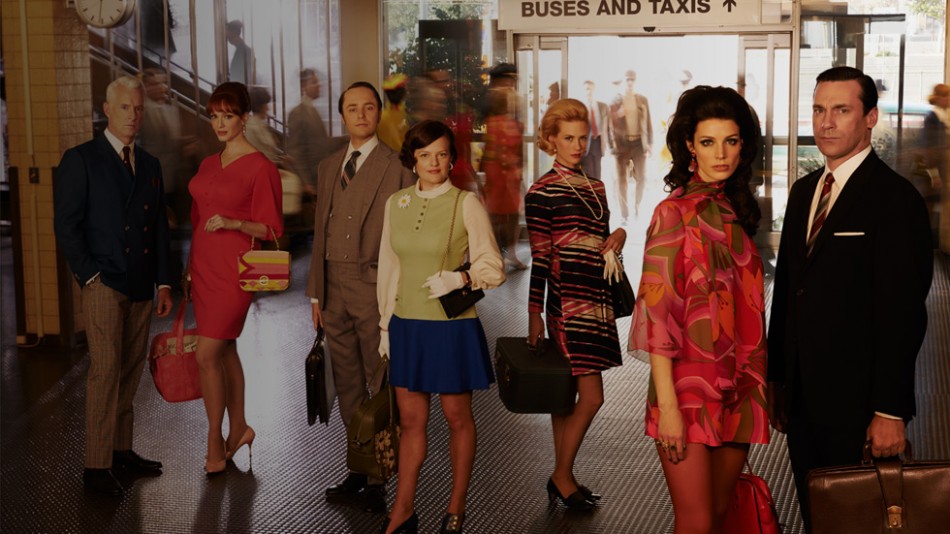
Mad Men season 7, speaking of serial TV
The Allure of Serialized TV and What It’s Doing to Movies
Last year, the busiest “retired” filmmaker in history, Steven Soderbergh, claimed for the umpteenth time that he was quitting movies in favor of serialized TV. This year, it’s finally come true. He and Clive Owen have created The Knick for Cinemax. Soderbergh’s reasoning was an outright condemnation on the state of cinema today vs. the one he grew up in (the American Independent new wave of the 90s, which also birthed Quentin Tarantino, Richard Linklater, Gregg Araki, and more). Movie studios, he says, have become more abusive to directors and allow less creative control on projects than ever before. One makes a $250 million comic book adaptation that copies all the ones before it – or one makes nothing.
Soderbergh goes on the claim that TV is the new home for auteurs, as risky programming is becoming increasingly popular. He’s not alone, as movie directors who used to moonlight on a single TV series episode while on hiatus from a film set are now commandeering an entire show’s run.
Steven Spielberg and George Lucas went one further a few months later, claiming that American cinema is on the brink of self destruction and can no longer support voices that have something unique to say; further, that as a result all independent cinema that would typically make it into theaters will now find a home on TV. This would mean Easy Rider, Pulp Fiction, and even Kick Ass would become made-for-TV films in the near future.
The reason being: it is increasingly hard to get patrons into movie theaters today. Many blame CGI, Netflix, HDTVs, and even 3D. Some go on to cite population growth, social networking, and good old fashioned fear of the apocalypse as the cause for Americans to stay in their houses. Others blame a cultural aversion to being in public with strangers whose disturbing habits this year extended not only to texting during previews, but getting murdered for texting during the previews by another movie-goer one row back.
Good TV that’s worth staying in for may be to blame, and I lay that on the threshold of David Chase – creator of The Sopranos – and Vince Gilligan, creator of Breaking Bad. Premiering in the late 90s, The Sopranos set a new standard for what we called TV at the time. It treated its audience like it consisted of intelligent media savvy individuals who appreciated a good come-down from a hard day’s work. If this was TV as Greek tragedy it was also TV as a serialized novel that deeply analyzes characters, watches them change, and isn’t afraid to have long drawn-out dialogue sequences without fearing that the audience might not stay.
Against long-form TV, nor is the concept of serialized filmmaking anything new. Before a TV set was a member of every American family, 12 episode arcs of Buck Rogers, The Lone Ranger, and The Crimson Ghost ran after movie trailers before a major Hollywood production in theaters, forcing viewers to come back week after week to find out the masked killer’s identity. This was a time when an American had to leave the house for what were called “amusements” and consisted of live shows, short films, popcorn carts and pinball arcades. The standard issue American family would cook dinner at home and leave the house after for entertainment. Movies were shorter in length, and had ample time to play out these serialized adventures beforehand.
Today it is reversed. We stay in for amusement and leave the house for dinner. Film will always be dominated and controlled by what consumers are buying. No matter what. If filmmakers are disgruntled about the state of film financing today, blame can’t solely be placed on the major studios – blame needs to also be placed on the American public or on the variants of cultural “innovation” that now mean high-quality and middle-priced home theaters, with a tendency by both TV and movie producers to copy formulas that have made bank at the box office.
